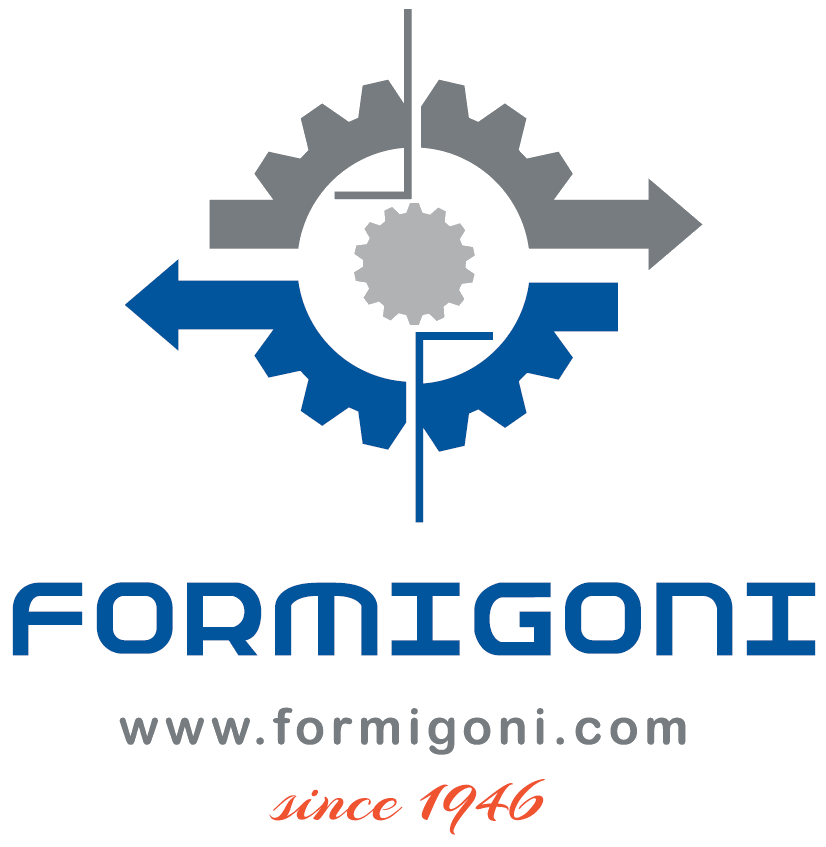
DEC.RSC™
solvent recovery units, direct condensation
Direct condensation is a solvent recovery process that uses a condenser to cool the solvent-laden gas stream. The cooled gas stream then condenses the solvent, which is collected in a receiver. Direct condensation is a simple and effective process that is well-suited for a variety of solvents.
The efficiency of direct condensation depends on the following factors:
Once condensed, the recovered solvent can be reused without further treatment or further processed through DEC.ADM™ dehydration modules (e.g. to separate water from humidity) and/or through a DEC.DST™ distillation unit.
The feasibility of DEC.RSC™ direct condensation is influenced by both the boiling points of the solvents and the concentration in the SLA stream (the higher the concentration of the solvent in the SLA stream, the more efficient the direct condensation process will be).
Depending on the type of solvent(s) to be recovered and the level of VOC emission requested at the stack of the system, a disposable activated carbon filter (DEC.AFU™) may be required for further VOC abatement, prior to exhaust at stack.
DEC.RSC™ • simple direct condensation
Direct condensation is a relatively low-cost and safe process: the main costs associated with direct condensation are the cost of the condenser and the cost of the energy used to cool the SLA gas stream.

DEC.RSC™ • cryogenic condensation, liquid nitrogen - N2
The cryogenic condensation solvent recovery process is ideal for low flow rates (typically < 2.000 Nm³/h) and high concentrations of VOC ( > 0,5% vol).

Using liquid nitrogen as the refrigerant, the cryo-condensation process is designed to cool the effluent in a process stream to very low temperatures, thanks to the use of advanced heat exchangers, which are characterized by high fractionating capacities of vapors and gases.
The stream effluent is separated by decreasing the vapor pressure as a function of the vapor/liquid and vapor/solid equilibrium. The VOC is recovered for reuse in the process (directly or after distillation) or as a fuel (DEC.WTE™ - Waste To Energy module), while the nitrogen is cycled back into the process for purging and blanketing operations.
The cryo-condensation units are usually very compact, requiring a relatively small footprint, and are skid mounted (DEC.SMS™ - Smart Modular Systems), lowering installation and start-up costs. The system design minimizes moving parts, reducing maintenance and repair.
For higher flow rates (5.000 ÷ 1.000.000 Nm³/h), please check solvent recovery systems based on activated carbon, steam or nitrogen desorption (DEC.RSV™ and DEC.RSG™).
DEC Solvent Recovery Units (SRUs) are available in both skid modular layout (DEC.SMS™ • Smart Modular Systems, pre-built and pre-tested at our workshops) or in full customizable version (DEC.CBS™ • Custom Built Systems, with on-site erection).
If you are looking for a reliable and efficient solvent recovery unit, DEC.SRUs™ (Solvent Recovery Units) are the right and best option: DEC.SRUs™ are the most advanced and reliable Solvent Recovery Units on the market, with processes, configurations and options to meet the needs of different applications, present and future challenges. Feel free to contact DEC: we can help you assess your needs and recommend the best SRU for your operation.
